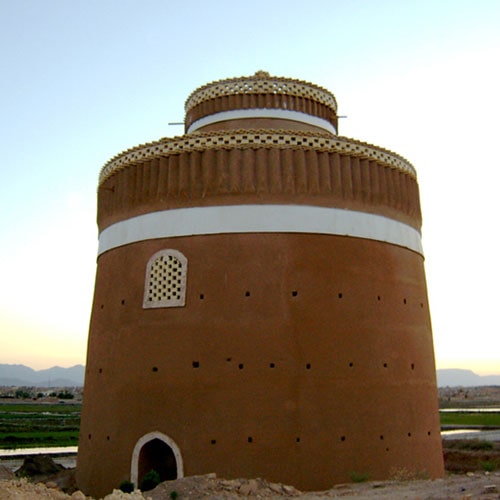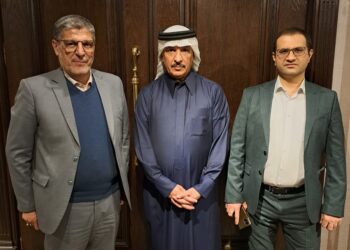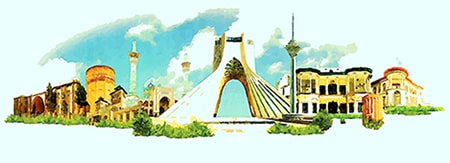برج الحمام

برج الحمام عبارة عن مبني لتعشيش الطيور وخاصة الحمام في الشرق الأوسط وأوروبا. یُستخدم هذا البرج لجمع فضلات الطيور لاستخدامها في الزراعة والدباغة وصناعة البارود. التاريخ الدقيق لاستخدام هذه المباني کمصنع لسماد الطيور غير معروف، ولكن تاریخه في إيران تعود إلى قبل 1200 عام. هناک عدد من هذه البروج في أصفهان أحدها في شارع الشیخ الصدوق.
معرض الصور








